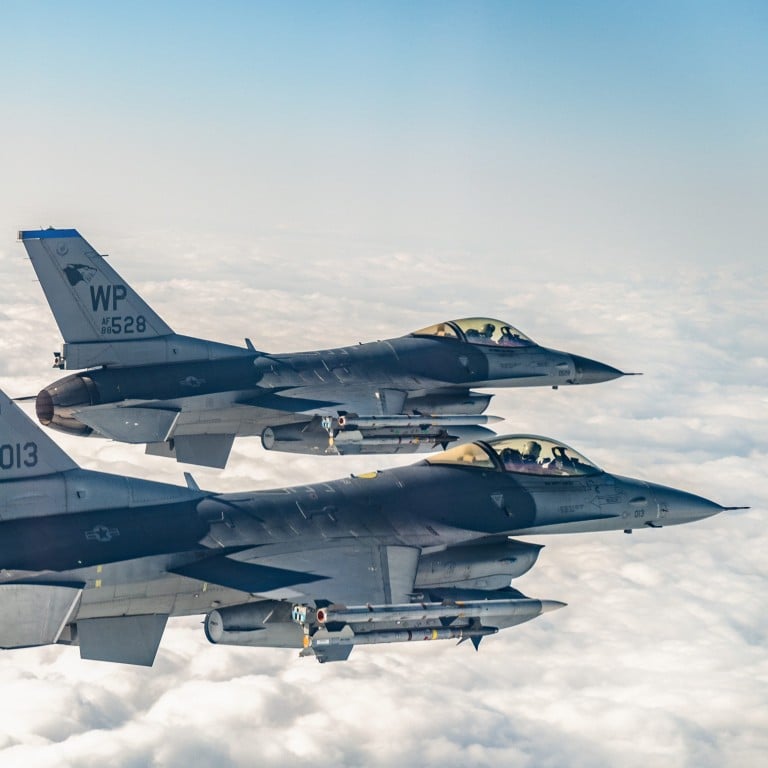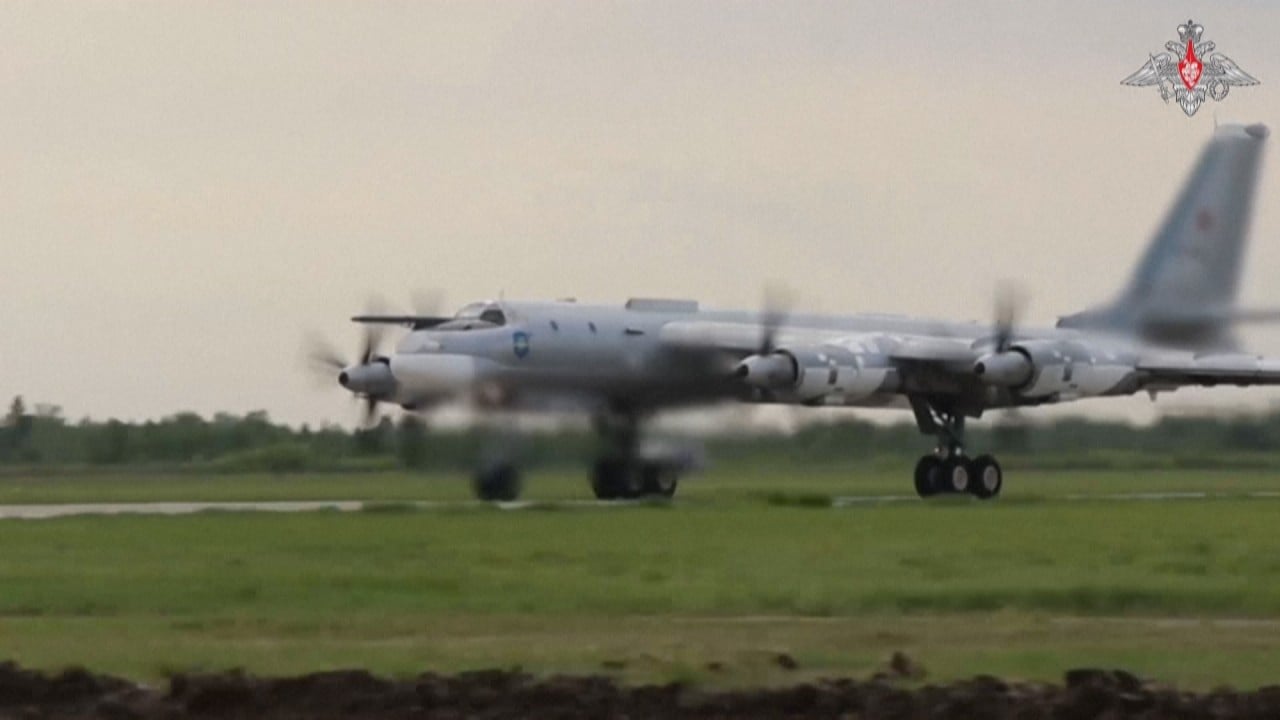
US overhauls air force to meet China challenge. Will it work?
- US Air Force secretary Frank Kendall says the move is designed to ‘meet strategic challenges in a time of great power competition’
- However, Chinese military analysts say it will cost money – and it remains to be seen if the moves will work
The two dozen measures are “one of the most extensive recalibrations in recent history”, according to the US Air Force
“We need these changes now; we are out of time to re-optimise our forces to meet the strategic challenges in a time of great power competition,” air force secretary Frank Kendall said, announcing the overhaul last week. “We are out of time.”
In September last year, Kendall said the US Air Force must reorganise itself to prepare for a war with China, which has been “re-optimising its forces for great power competition and to prevail against the US in the western Pacific for over 20 years”.
He added: “Our job is to deter that war and to be ready to win if it occurs.”
PLA uses Microsoft mixed-reality headsets to maintain equipment, video shows
The measures will see new offices and commands created to allow the major commands to focus on combat readiness and the creation of a “space futures command” to look at future threats.
Most notably, the air and space forces will both establish mission-oriented “units of action” across the services, which will train and deploy together “for agile combat employment” instead of organising deployments based upon squadrons.
The combat air wings will build their relationship with base command, enabling each to focus on its own mission-level readiness and operations.
“We need to ensure that our combat wings are coherent units of action that have everything they need to be able to execute their wartime tasks,” air force chief of staff David Allvin said.
The revamp will see the US military step up efforts to train aircrews with hi-tech skills – an area where China has posed an increasing challenge – and improve the force’s readiness through large-scale mission-focused exercises and no-notice or limited-notice operational readiness assessments.
The Nuclear Weapons Centre will also be expanded with new command structures in place to strengthen the support for nuclear forces.
The US military believes it must make significant structural changes because it has pivoted its strategic focus from the Middle East to China and Russia, according to former People’s Liberation Army instructor Song Zhongping. “Even for them it won’t be easy,” he said.
Many of the measures could not be properly implemented without significant funding, and “not just a little, but a massive amount”, he added.
Shanghai-based military observer Ni Lexiong said that while the PLA had modernised its navy and air force over the past two decades, Kendall was exaggerating the Chinese threat to secure a larger budget.
Top US Air Force general warns against China’s push to recruit pilot trainers
He added that the US military still enjoyed significant advantages but tended to overestimate its opponents.
Ni added that it remained to be seen how much of a game changer the overhaul of a traditional air force would prove to be, saying: “It is hard to predict the effect with so many uncertainties.”


